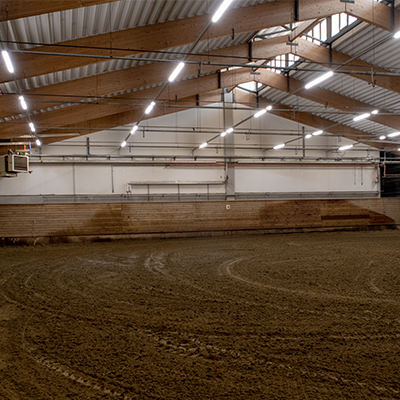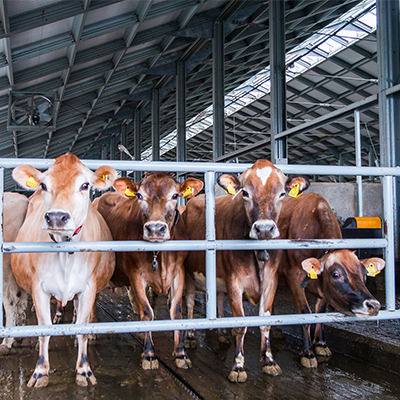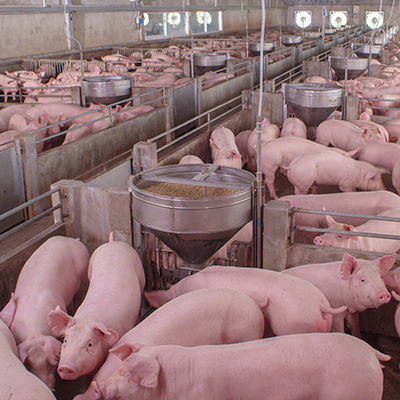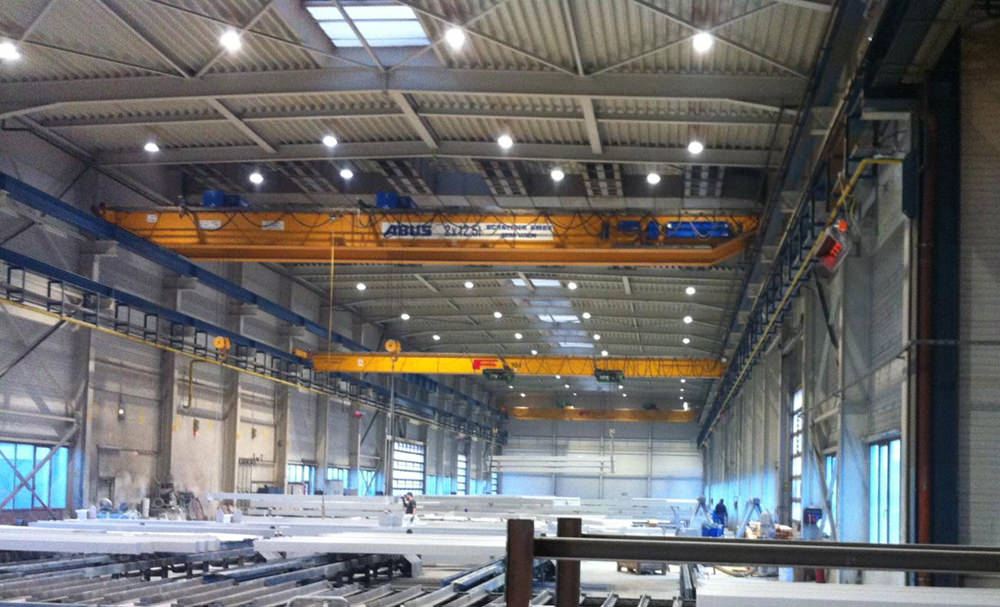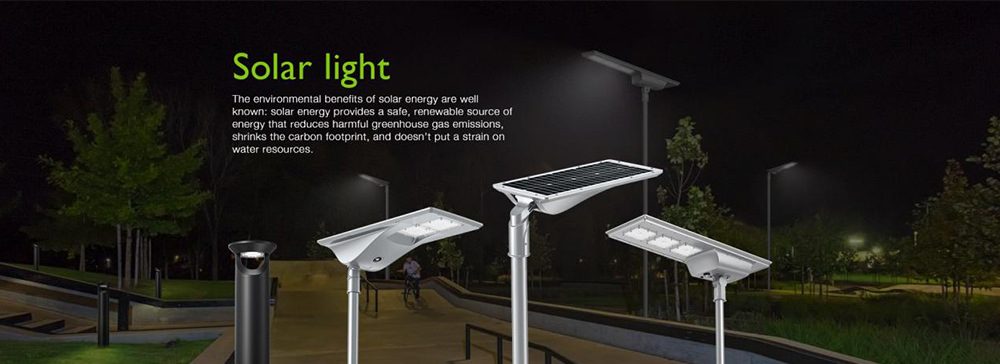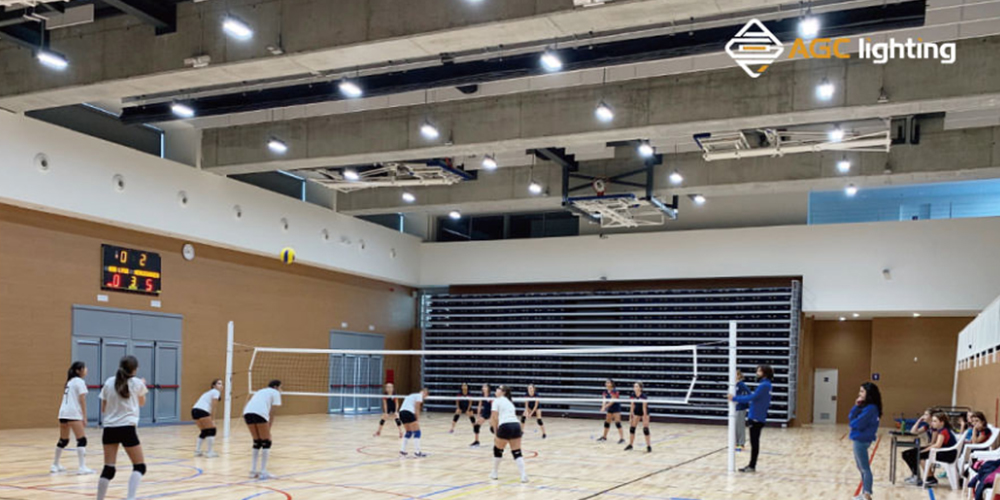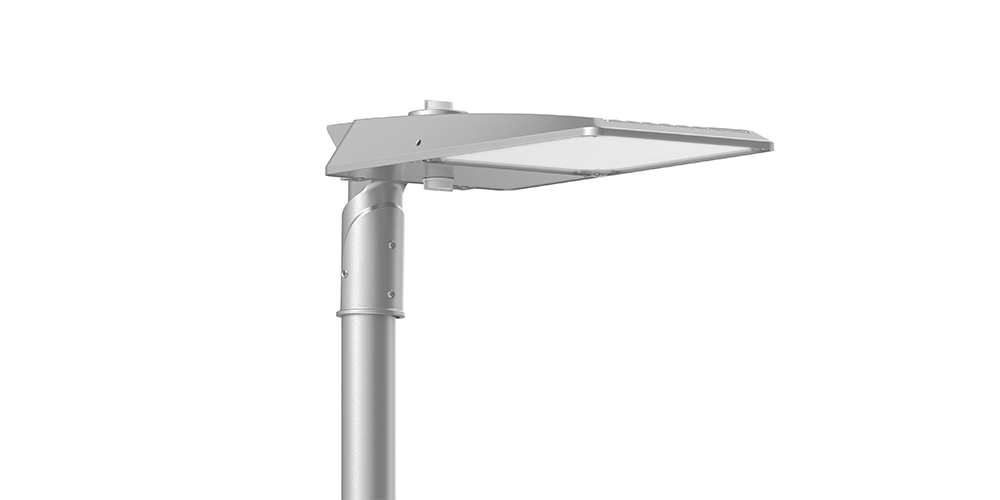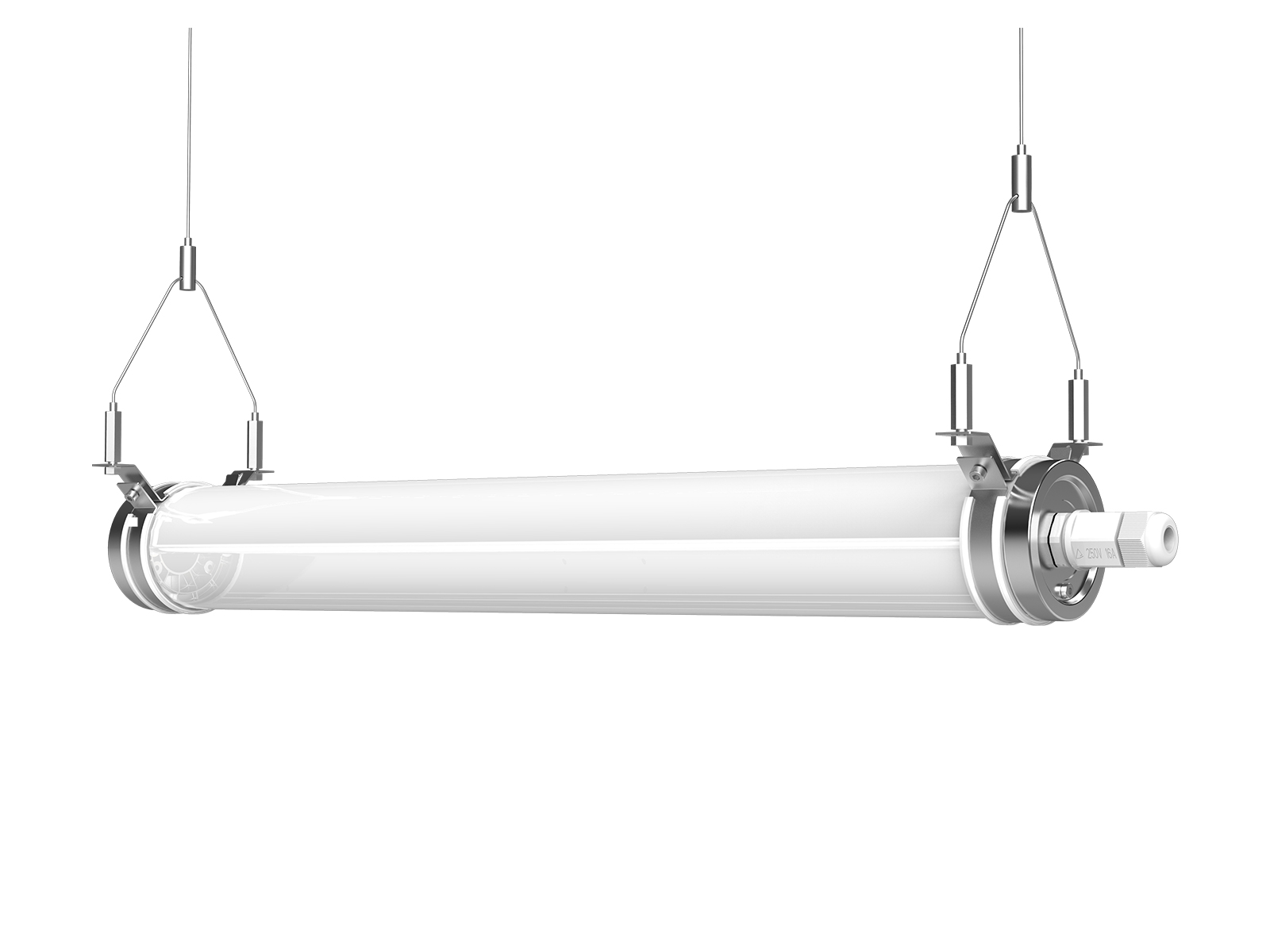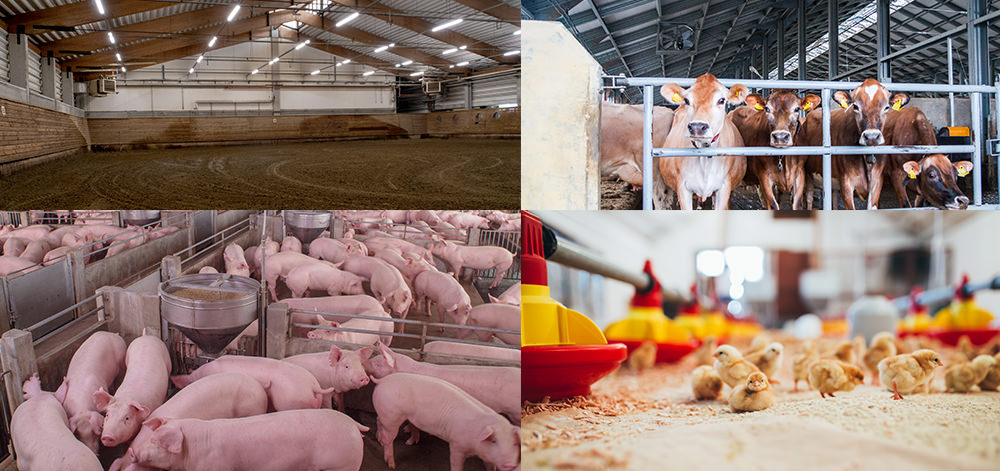
It is well known that lighting has significant effects on human health, well-being, and productivity. Similarly, lighting can affect animal husbandry. Many studies have confirmed the direct relationship between agricultural shed lighting and the productivity of the livestock. More and more modern facilities utilize artificial lighting to rear and keep cattle, pigs, poultry, and horses, as well as support their natural habits. Among the artificial light sources, LED lights are the most popular due to their advantages of high efficiency, long life, and low maintenance cost. Whatever the working areas for farmers or agricultural sheds for livestock are, good lighting can make a big difference in productivity, safety, and comfort. But how do you achieve good agricultural shed lighting to improve the productivity of livestock? In this blog post, we will give you some tips on how to choose the best LED lights for your farm or barn as well as lighting requirements for cattle, swine, poultry, and horses.
Tips for choosing the best LED lights for your farm or barn
There are many factors to consider when choosing LED lights for your agriculture facilities, such as brightness, colors, energy efficiency, durability, maintenance, and costs. Here are some main factors should be considered to select the best LED lights for higher livestock productivity.
- Brightness and color: The vision of animals is different from human’s. They are sensitive to different intensities and wavelengths of light. In addition, lighting requirements vary with species. For example, pigs are not well adapted for extremely bright light. thus, you should choose the LED lights with right brightness and color for your livestock.
- Reliability: Environments of agriculture facilities can be wet, damp, corrosive, and dirty. It is critical to choose reliable LED fixtures. It is mandatory to follow the relevant standards and pass relevant tests. LED lights that are made of anti-corrosive material and IP69K certified can be applicable to most farms and barns.
- Switching and controls: Except for light intensity and color, light duration is also important for the productivity of livestock. That is why switching and controls make sense. You should match light intensity, color, and duration to the needs of livestock. Lighting control systems are ideal for agriculture facilities with multiple zones and changing lighting requirements over time.
- Durability and maintenance: To provide consistent and stable supplemental lighting for livestock, you had better choose durable and easy to maintain LED fixtures. The more durable the LED lights, the less often you need to replace the light and the less waste you regenerate. Moreover, surfaces of lighting fixtures can become quite dirty, easy maintenance allows for regular cleaning.
Lighting requirements of different livestock
Proper lighting plays an important role in the growth, productivity, and overall well-being of livestock. Lighting solutions for livestock can vary depending on the type of animal and its function, such as egg production or meat production. The right light intensity, color and duration can significantly impact animal behavior, hormone secretion, and metabolism. Additionally, lighting is essential in regulating circadian rhythms, reproductive cycles, and immune system functions in livestock. Therefore, understanding the lighting requirements of different types of livestock is valuable for farmers and animal caretakers to optimize animal health, welfare, and production.
HorsesHouses are sensitive to light intensity changes. To prevent horses from becoming unnerved by sudden changes from dark to bright light, dimmable illumination using so-called “fade-in” and “fade-out” is required. Day length is the main environmental factor that regulates the seasonal reproductive cycle of mares and the off-season breeding performance of stallions. For estrous stimulation, it is ideal to have 14-16 hours of light followed by 10-8 hours of darkness per day. Research has shown that light levels of around 20-30 lux may be optimal for maintaining mare fertility. Excessively bright lights can disrupt the horse's natural biological rhythms and interfere with breeding activity. |
|
|
|
Dairy and beef cattleUnlike human eyes, cows have difficulty seeing red light. This is advantageous for farmers. With the red light, farmers can carry out simple tasks in the sheds during the night time without disturbing cows. Dairy and beef cattle also require adequate light levels. 150 lux of illuminance throughout the barn is suitable for dairy and beef cattle. When it comes to light duration for cows, it varies depending on the period and conditions of cows. Supplementing lactating cows with 16 to 18 hours of light per day can increase milk production. In contrast, light duration for cows in the dry period should be reduced to 8 hours of light. The reduced light duration during the dry period improves immune function and health in cows. |
Swine/pigEach level of swine production has different requirements for light levels and duration. Generally speaking, it is recommended to provide at least 8 hours of light per day and 50 lux of illuminance for pigs. Breeding and gestation barns require about 14 to 16 hours of lighting per day to stimulate and extend breeding sow estrus. For nursery pigs, 24 hours of lighting are required. The light level for nursery pigs during day time can be higher for inspection and feeding. The most challenged lighting management is the lighting for farrowing rooms. Pigs demands a hygiene and clean environment. Apart from long lighting duration (24 hours of light per day), piglet also require a constant ambient temperature of +30°C. It means the LED fixtures for farrowing room should be resistant to high temperature and chemicals. LED fixtures with IP69K protection rating are required for the intensive cleaning process in farrowing rooms. |
|
|
|
PoultryBirds are photosensitive. They have complex photoreceptors in their eyes that respond to changes in light and can influence their behavior, physiology and even reproductive cycles. Additionally, breeding and nesting behavior of certain species are also influenced by day length and light intensity. Poultry are sensitive to flickering light. Thus, LED lighting fixtures are the ideal choices because they are generally free from flicker. The prerequisites for poultry lighting are uniform, flicker-free, and warm color temperature. But the amount and duration of light required by the birds is significantly different from the type of production and the task. For broiler chicks, a low level of general lighting throughout the whole day is required to allow the chicks to find food and water. The hours of light per day can stimulate reproduction and control the breeding process. About 14 hours of lighting per day is required for the first three weeks for breeder birds. Lighting requirements are reduced to 8 hours of light per day during the fourth and twenty week. It is then increased to the 15 hours of light per day for the rest of life. Similarly, artificial lighting can also extend the egg laying period during the year. |


